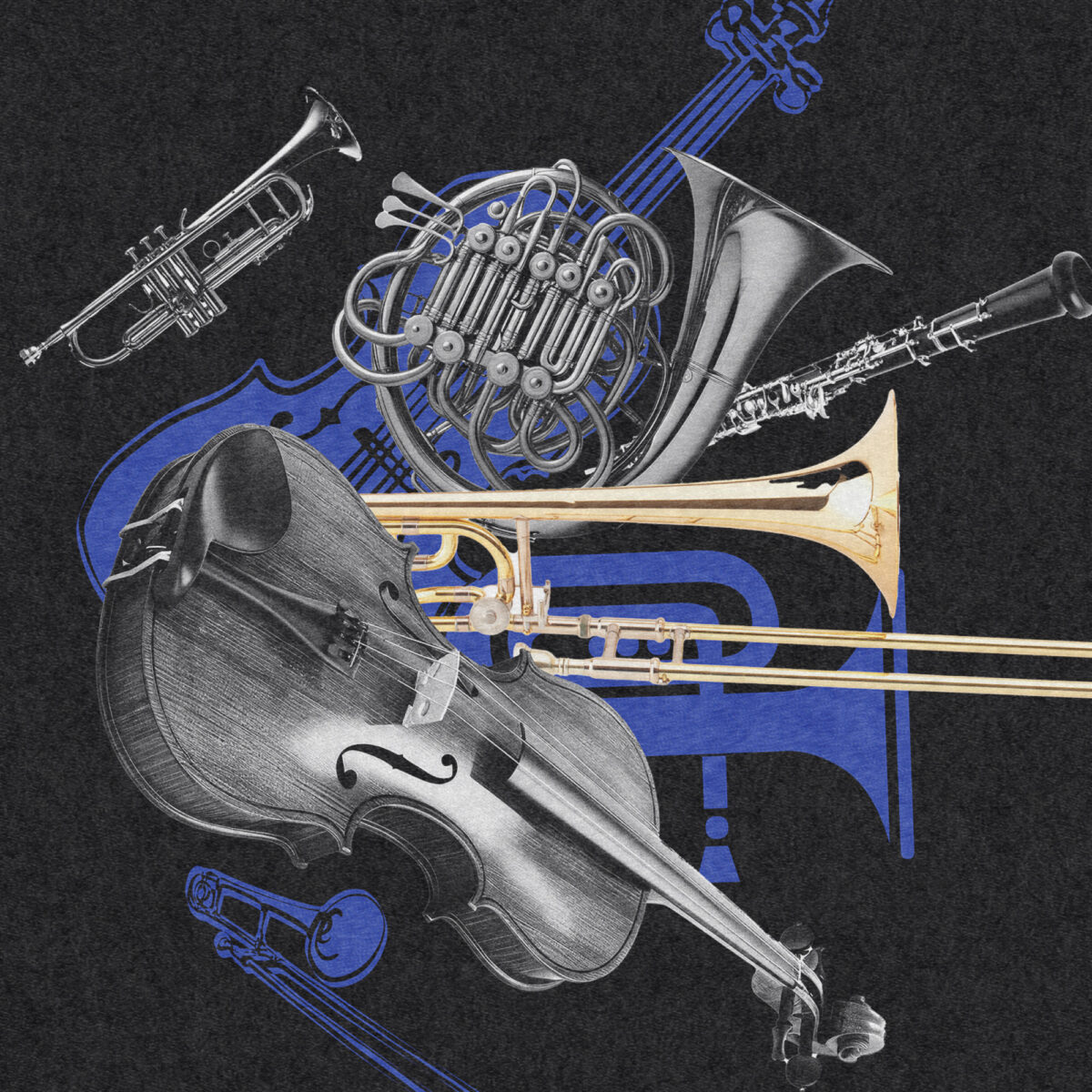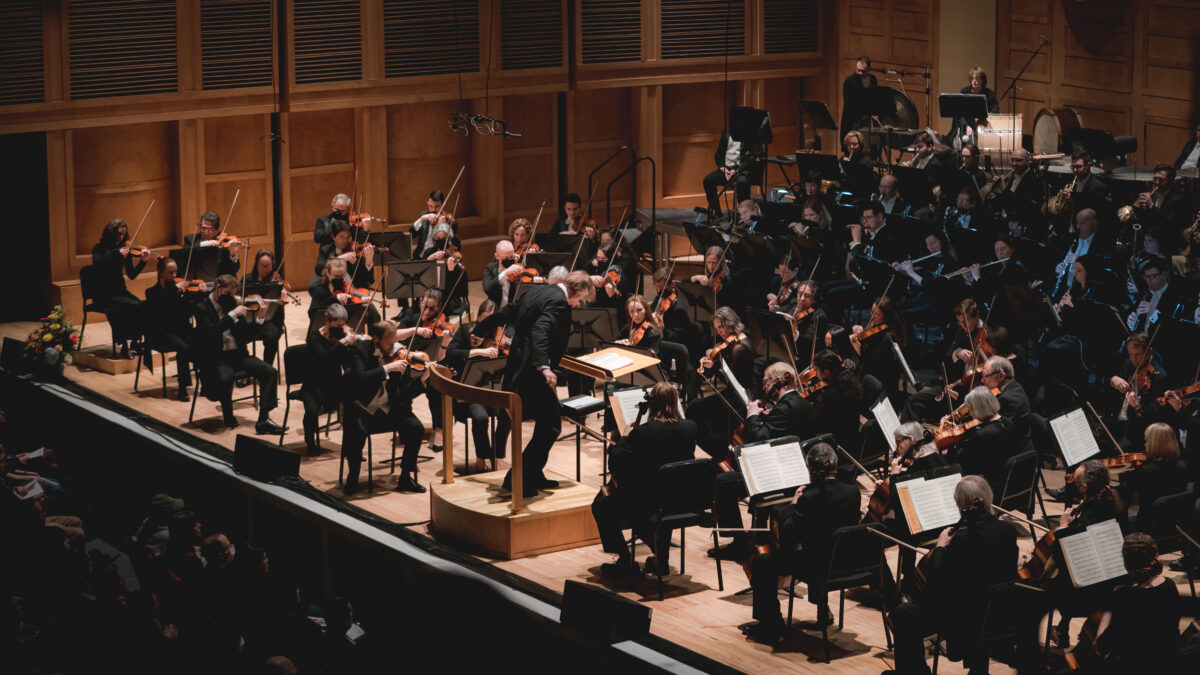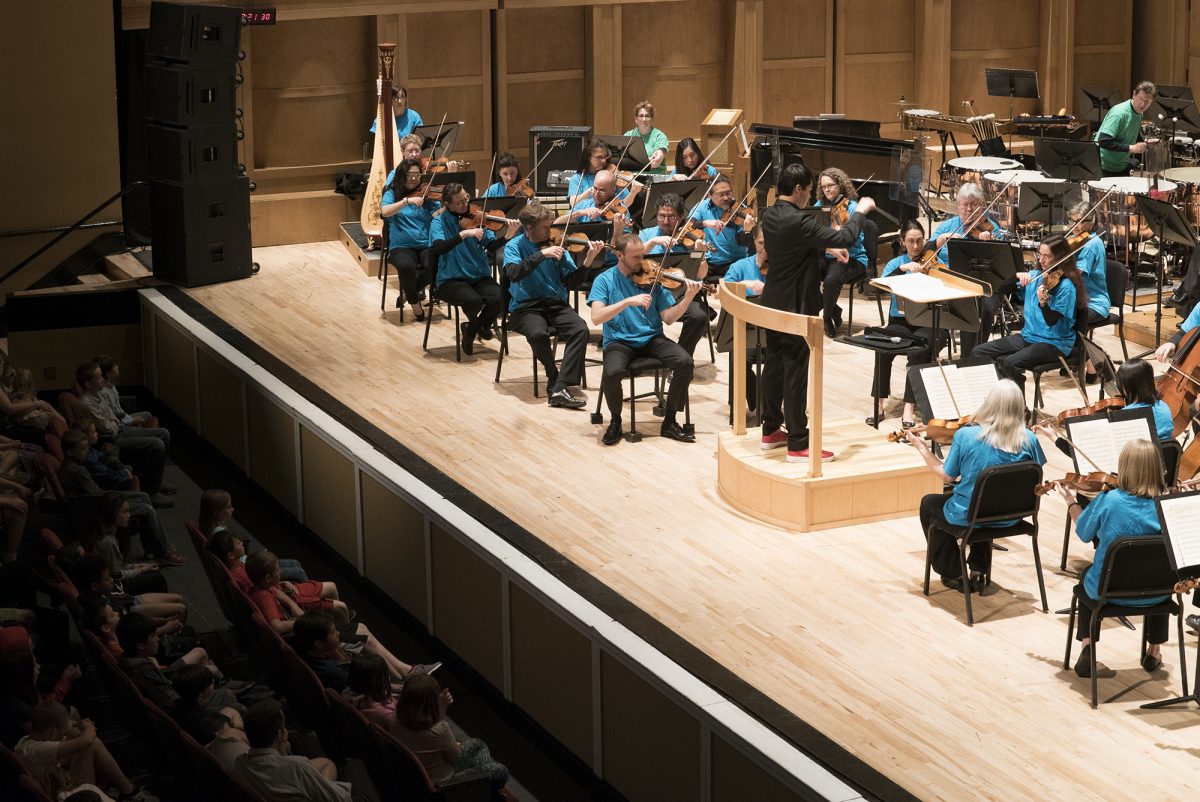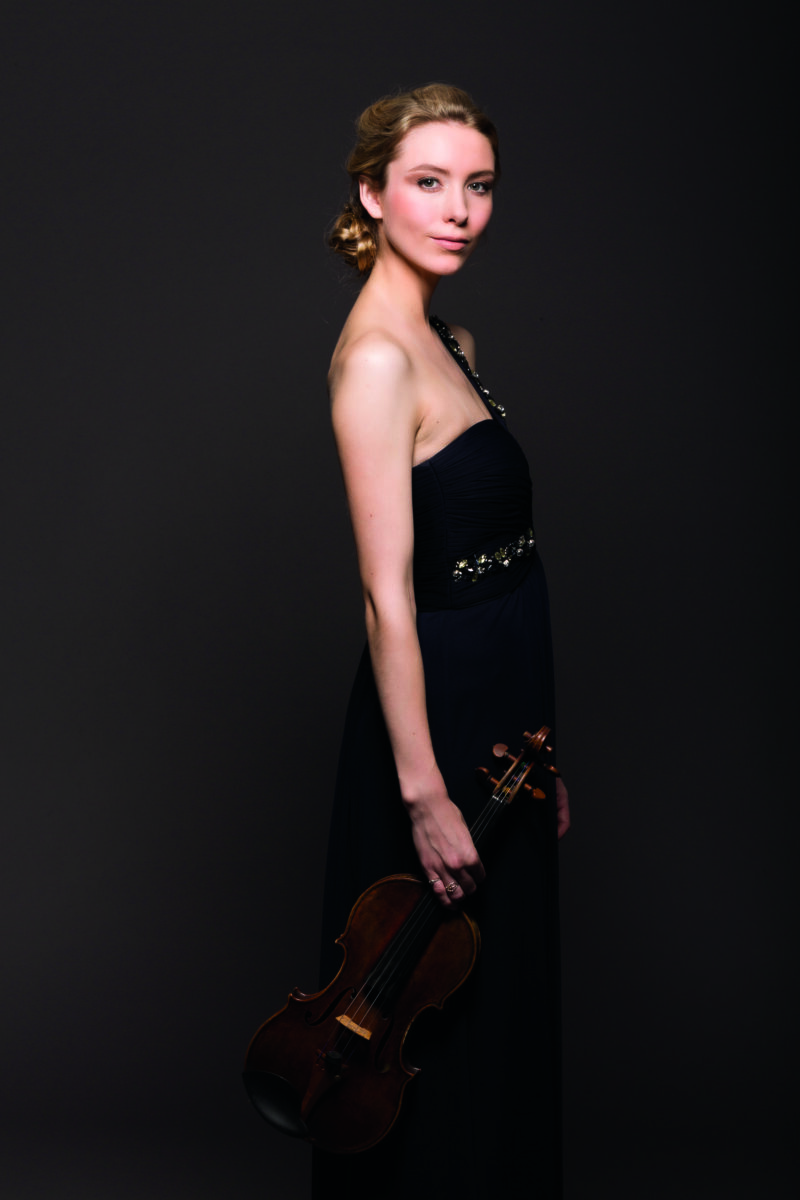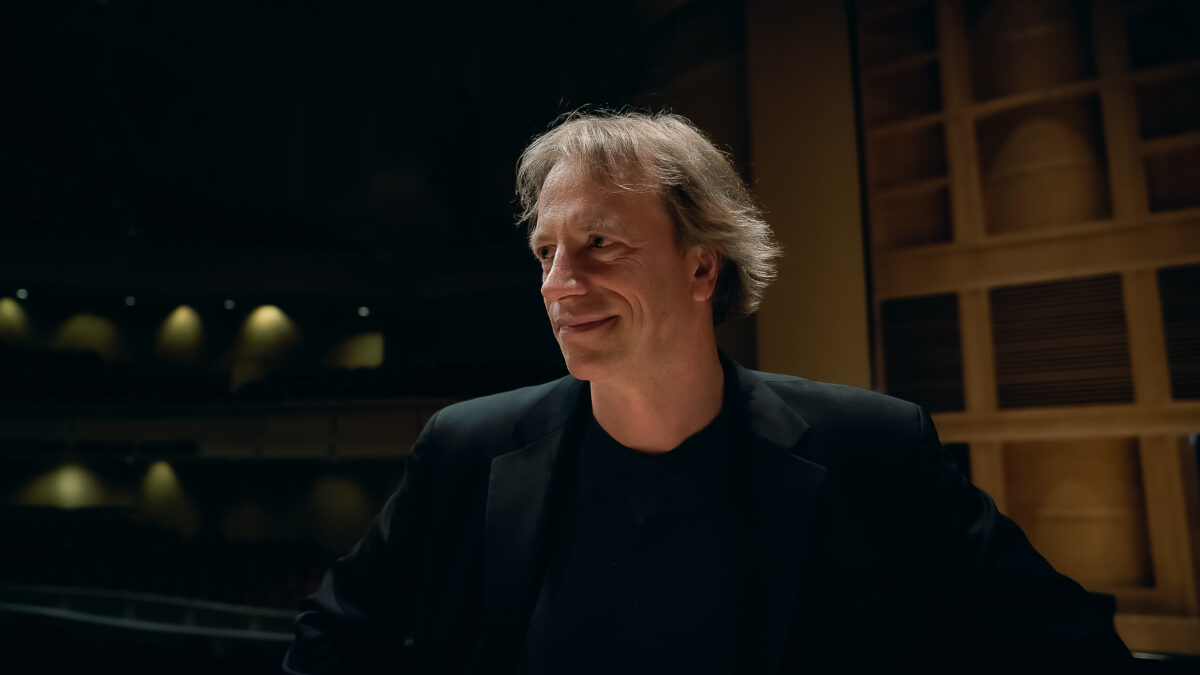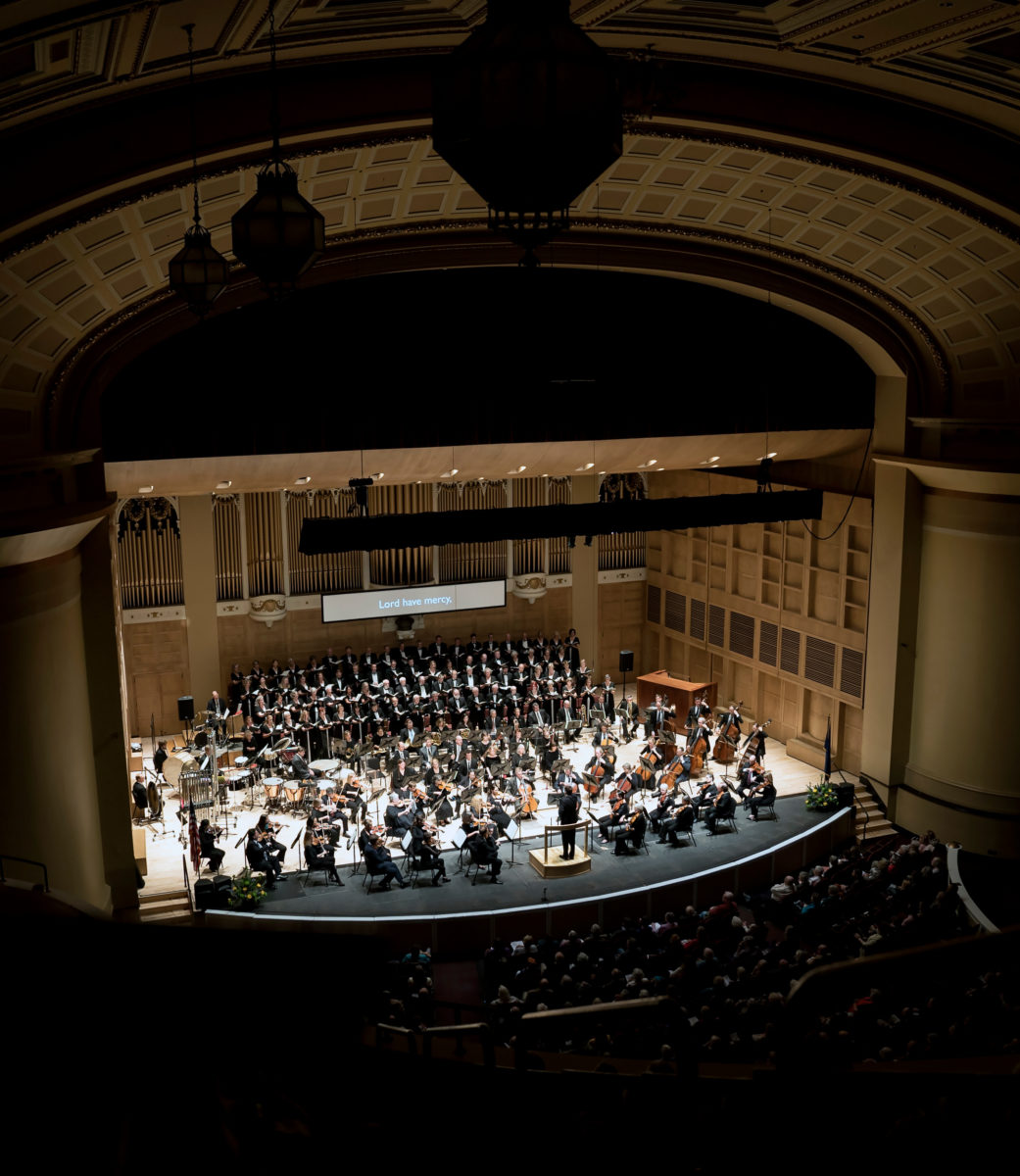The Mighty Kotzschmar Program Notes
Franz Schmidt
Intermezzo from Notre Dame
Franz Schmidt was born in 1874 in Pozsony/Pressburg in the Hungarian region of Austria-Hungary; the city is now Bratislava, Slovakia. He died in 1939. The Intermezzo was first performed by the Vienna Philharmonic under the title Interlude from an Unfinished Romantic Opera on December 6, 1903. The completed opera, based on Victor Hugo’s novel The Hunchback of Notre Dame, premiered in Vienna in 1914. The Intermezzo is scored for 3 flutes, 2 oboes, 2 clarinets, 2 bassoons and contra bassoon, 4 horns, 3 trumpets, percussion, 2 harps and strings.
The brief Intermezzo, or Interlude, from the opera Notre Dame that opens the concert is almost certainly the best-known work of Austrian composer Franz Schmidt. Its four or five minutes of ecstatic music radiate a glow from deep within, embodying all that the late-romantic symphony orchestra can do. The music depicts the opera’s main character Esmerelda, a beautiful Roma street dancer who proves to be the downfall of the four male characters who are drawn to her. Schmidt’s opera shifts the focus onto Esmerelda and away from the hunchback featured in the title of Victor Hugo’s famous and oft-dramatized novel. As a complete opera, Notre Dame was first performed in 1914 in Vienna under conductor Franz Schalk, to extremely enthusiastic receptions. It remained popular well into the 1920s but gradually disappeared from view. In recent years it has been revived several times and recorded at least twice. The Intermezzo itself first appeared at a Vienna Philharmonic concert in 1903 under the title, “Interlude from an Unfinished Romantic Opera”.
The composer, Franz Schmidt, was held in high esteem in at least three different roles during his lifetime: pianist, cellist and composer. A member of the cello section of the Vienna Philharmonic when Gustav Mahler was its conductor, he caught the composer’s attention and played all important cello solos in preference to the orchestra’s titular principal cellist. As a pianist he toured extensively in Europe for many years. As a composer, he developed slowly, but eventually produced 4 symphonies, two operas, chamber music and an oratorio, “The Book with Seven Seals”. This last work’s premiere in 1938 was unfortunately appropriated by the Nazis, who used Schmidt (a Catholic) and his music for their purposes after the composer’s death in 1939. Uncomfortable and apparently unwarranted questions about Schmidt’s politics hindered performances of his music for decades, no more likely to be settled than similar questions about Richard Strauss or Carl Orff, whose music is performed everywhere. Schmidt was by all accounts a warm, generous, somewhat innocent man, guilty perhaps of naïvté, but not a collaborator.
-Martin Webster
********
CÉSAR FRANCK
Le Chasseur maudit; The Accursed Huntsman
Franck was born in Liège, Netherlands, now Belgium, in 1822 and died in Paris in 1890. “Le Chasseur maudit; The Accursed Huntsman”, was first performed at the Salle Érard in Paris on March 31, 1883, conducted by Édouard Colonne. The piece is scored for 2 flutes and piccolo, 2 oboes, 2 clarinets, 4 bassoons, 4 horns, 2 trumpets and 2 cornets, 3 trombones, tuba, timpani, percussion and strings.
The forest has been for centuries revered and feared in Europe, distant from most people’s lives, while exerting a powerful pull. It became a place of legend, where magical things happened, and where national myths were born. Plays, operas, ballets and even works for symphony orchestra were set in the woods, which could shelter all manner of implausible activities.
César Franck’s delightful tone poem Le Chasseur maudit (The Accursed Huntsman) springs from this tradition. A count of the Rhine dares to go hunting on a Sunday morning, arrogantly neglecting the sabbath, against the warnings of friends and family. The music begins with defiant calls on his hunting horn , contrasted with the church bells and sacred chants that call the faithful to worship. Franck sets up the classic conflict between the worlds of religion and human desires. The huntsman gallops deep into the forest, becomes lost, and hears a frightful voice that condemns him to ride unrelentingly, pursued by demons until the end of time. The four parts of Le Chasseur are, in order, The Peaceful Sunday Landscape, The Hunt, The Curse, and The Demon’s Chase.
The hunting calls, bell peals, chants, and stormy harmonies of this work are all effects beloved of nineteenth century Parisians, for whom the struggle between modern life and religious duty was a matter of high drama. Modern listeners may be tempted to smile at the earnestness of this work, but many who heard its premiere in 1883 took it at face value, as did Franck himself.
If you have been a frequent concertgoer for some years, you may remember a time when every orchestra played Franck’s Symphony in D Minor, his Symphonic Variations for Piano and Orchestra, and a couple of other tone poems. Those works are heard less now. Even so, violinists still enjoy playing his lone violin sonata, a work once so ubiquitous that Marcel Proust could use it confidently as an important plot motivator in his great literary work In Search of Lost Time.
César Franck left his native Belgium to study at the Paris Conservatory, for centuries the center of musical life in the French world, and a bastion of rigorous and traditional musical training. He received the first prize in piano there at age 16.His father went with him and his brother Joseph to the capital, attempting to exploit their talents, marketing them as prodigies. Eventually César tired of his father’s abuses and abandoned the family household to begin his long upward climb through Paris musical circles. He was a brilliant and serious organist and held a series of distinguished posts culminating at the church (now basilica) of Ste. Clothilde, where he was Maître de Chapelle for 31 years. He became professor of organ at the Paris Conservatory in 1872 and held the post until his death. He was a prolific composer, writing music for choir, organ, chamber ensembles and orchestra. His music was harmonically advanced for his time, and often heavily influenced by that of Richard Wagner, anathema to many French musicians. His advanced ideas slowed acceptance of his music during his life, though it now sounds more convincing than that of his detractors.
– Martin Webster
********
JOHANN SEBASTIAN BACH, transcribed by Leopold Stokowski
Toccata and Fugue in D Minor
Johann Sebastian Bach was born in Eisenach, present-day Germany in 1685 and died in Leipzig, present-day Germany, in 1750. Leopold Stokowski was born in London in 1882 and died in Hampshire, England in 1977. This transcription of Bach’s Toccata and Fugue was first performed by the Philadelphia Orchestra, conducted by Leopold Stokowski, in 1927. The piece is scored for 4 flutes with 2 doubling on piccolo, 3 oboes and English Horn, 3 clarinets and bass clarinet, 3 bassoons and contra bassoon, 6 horns, 4 trumpets, 4 trombones, tuba, timpani, 2 harps, celeste and strings.
Part of the fun of this work is that its authorship is murky and much disputed. This transcription is also as over-the-top nutty as anything you’ll ever hear played by a symphony orchestra. Further, there’s still, 50 years after his death, plenty of controversy about Leopold Stokowski himself. And finally, this music was chosen by Walt Disney, and we assume by Stokowski himself, to open the film, Fantasia.
It is not unusual to doubt the provenance of works from the Baroque era. Composers were writing quickly, turning out music not for posterity but for next Sunday’s church services or for the local duke’s upcoming banquet. Once performed, the music might be tossed on a pile, less likely to be played again than to be put to another use a year later if it contained a tune the composer remembered liking. The absence of a manuscript of this Toccata and Fugue in J. S. Bach’s hand has allowed scholars and critics to quibble about the piece’s worthiness for 250 years. A good deal of scholarly information is available online if you are curious.
Stokowski’s fame in the US reached its peak with the release of Fantasia in 1940, but he was a born showman and had long enjoyed generating controversy to hold people’s interest. He fought publicly with orchestra boards, made his way through several high-profile love affairs and marriages, offended purists with his musical ideas, and was still conducting shortly before his death at age 95 in 1977. Detractors claimed that his real name was John Stokes (untrue), that he had no musical training (also untrue, though it was a bit sketchy), that his baton-less conducting was intended to mask lack of technique (possible). A showman, yes, but he also led the US premiere of Mahler’s 8th Symphony with the Philadelphia Orchestra, a group he made into a great ensemble during his tenure there.
Stokowski’s right to call this transcription his own has long been disputed. Lucien Cailliet, a clarinetist in the Philadelphia Orchestra, was a gifted and prolific arranger. Discerning listeners claimed they heard Cailliet’s style in this and other Stokowski transcriptions, casting doubt on the conductor’s personal integrity and musicianship in one neat stroke. However, if there’s no copy of the Toccata and Fugue in Bach’s hand, there IS one of this arrangement, and it matches others known to have been written by Stokowski.
This transcription, for a large if not unheard-of orchestra, was first performed in 1927. It brings out all the melodrama and portentousness of the original organ work, and then some, reminding modern listeners how much taste in Baroque performance has evolved in the last hundred years. No fleet, dancing rhythms here! Instead, there is something like awe, or horror, but if it’s horror, it’s exaggerated and arch. Stokowski wanted to impress listeners with a grandiose view of this music, and by extension, with what a modern orchestra can do. It’s vulgar, yes, but it’s also a romp, and there’s nothing wrong with enjoying it!
– Martin Webster
********
CHARLES CAMILLE SAINT-SAËNS
Symphony No. 3 in C minor, Op. 78, “Organ”
Saint-Saëns was born in Paris in 1835 died in Algiers, Algeria in 1921. He composed his Third Symphony in 1886, and conducted the first performance in London later the same year. The work calls for 3 flutes, piccolo, 3 oboes, English horn, 3 clarinets, bass clarinet, 3 bassoons, contrabassoon, 4 horns, 3 trumpets, 3 trombones, tuba, timpani, percussion, organ, piano four-hands, and strings.
Saint-Saëns was a child prodigy of the Mozartean class. He was picking out tunes at the keyboard at age two-and-a-half, composing at three, studying Don Giovanni in full score at five. He had a photographic memory and absolute pitch. He astonished the audience at his debut piano recital, given at age ten, by offering to play any of Beethoven’s thirty-two piano sonatas from memory.
In an era of increasing specialization, Saint-Saëns became a general practitioner: he was a composer, conductor, pianist, organist (“the best in the world,” said Liszt), musicologist, and critic. While French tastes demanded opera, opera, and more opera, he led a revival of instrumental music. To that end he founded the Société de Musique, lending support (and performances) to such composers as Charbrier, Chausson, Dukas, d’Indy, Franck, and Ravel.
Of his own music, he said, “I ran after the chimera of purity of style and perfection of form.” But that put him behind the times in the eyes of other musicians and the public, and his works never reached the popularity achieved by those he had helped. Saint-Saëns was guilty of the one crime composers are never allowed to commit: he was old-fashioned.
Yet clarity, restraint, and elegance aren’t ever old-fashioned, and Saint-Saëns’ Organ Symphony has these in abundance. “This symphony,” he wrote, “is divided into two parts. Nevertheless it embraces in principle the four traditional movements, but the first is altered in its development to serve as the introduction to the Adagio, and the Scherzo is connected by the same process to the Finale. I have sought to avoid to some extent the interminable reprises and repetitions which are leading to the disappearance of instrumental music.”
The name for how this symphony works is “thematic metamorphosis.” All the major themes of the work derive from the first few notes of the first movement’s Allegro. This music evolves continually throughout the symphony, appearing in many guises and underlying all the work’s varied moods. It engenders the fury of the first movement, the serenity of the second, the propulsion of the third, and the triumph of the last.
Saint-Saëns’ Third is known as a sonic spectacular. A symphony orchestra and a big pipe organ are each capable of shaking a room. Together they can make a glorious racket, as the finale demonstrates. But note the subtlety of the organ’s first entrance in the second movement; here it is just another voice in the orchestra, a wind instrument of unique color. The entrance of the piano in the Scherzo’s trio is just as surprising, and just as vital to the tone of the music. For all the bombast, this is a work about nuance, control, honest romanticism, and love of melody. Saint-Saëns had found his “chimera of purity” well within his reach.
– Mark Rohr







